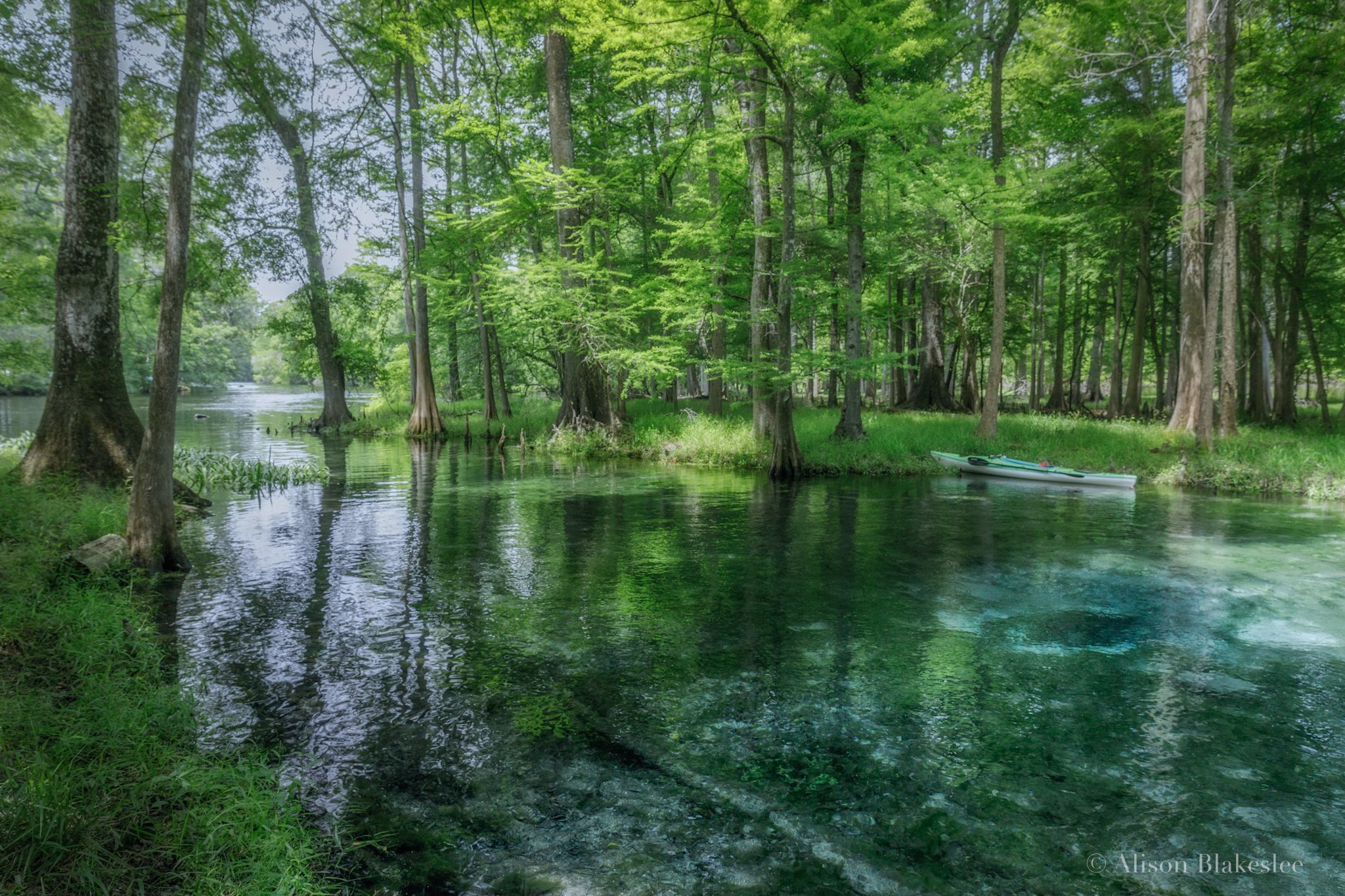Exploring Florida’s Habitat Diversity on ACT Preserves
By Lilah Durant
Florida as a state ranks extremely high in biodiversity among plants and animals. This incredible diversity of species comes from the incredible habitat diversity in the state. Due to Florida being a large peninsula state and having both subtropical and tropical climates, this allows for an array of different terrestrial and aquatic habitats.
A large part of the state includes pine flatwoods, but we see hardwood forest hammocks, scrub, sandhills, dry prairie, freshwater marshes and wet prairies, swamps, springs, mangroves, and coastal grasslands and beach dunes. We see xeric (dry), mesic (moderate moisture), and hydric (wet) conditions within these different habitats.
Figure (Davis, John Henry, General Map Of Natural Vegetation Of Florida Circular S-178, 1967)
Pine flatwoods which make up a lot of the state contain mesic/hydric pine woodland, flat sandy terrain, and within these flatwoods, fire is a necessary part in keeping it healthy. When visiting the flatwoods, you might see red-cockaded woodpeckers, American kestrels, Florida black bears, and fox squirrels.
The coastal grasslands and beach dunes most Floridians are very familiar with are sandy areas shaped by tides and waves on the coast which are extremely important for sea turtles nesting, shorebirds, and seabirds.
Hardwood forests and hammocks are closed canopies with denser, deciduous and evergreen trees in North and central Florida. You might see Florida panthers, Florida bog frogs, and gopher tortoises within the canopies.
Scrub and sandhill areas are xeric parts of the state with deep sand substrate. Scrub is found in coastal and inland areas of the state and our only endemic bird, the Florida Scrub-Jay, is found here along with beach mice and gopher tortoises. Sandhills are present in the panhandle to the central peninsula and contain longleaf pine, oak, and grasses. You might also see gopher tortoises here as well as the non-migratory Florida sandhill crane and the migratory greater sandhill crane that spends winters here.
The sandhill crane can also be seen in the dry prairie habitats north and west of Lake Okeechobee. These prairies are flat areas with grasses and shrubs, saw palmettos, and no trees. Along with the sandhill crane, you might see burrowing owls, the Florida grasshopper sparrow, and the white-tailed kite.
The more hydric conditions throughout the state are seen in freshwater marshes, wet prairies, swamps, springs, and mangroves. Freshwater marsh and wet prairie are treeless wetlands maintained by frequent flooding and fire. In these areas, Florida panthers, herons, and the Florida bonneted bat are seen. Springs are openings from Floridan aquifer where limestone dissolved. Here you can experience clear water and constant temperature and in the winter, manatees use these for warm-water refuges. Mangroves are dense forests of mangrove trees in coastal areas, which are extremely important nurseries for marine animals as well the roots being used for shelter by birds.
Alachua Conservation Trust has 14 public preserves where you can explore multiple of these habitats all just in North Central Florida. Here is a snapshot of a few preserves and their habitats.
Serenola Forest Preserve
An example of a hardwood hammock. Photo by Alison Blakeslee.
Santa Fe River Preserve
River habitat, high bluffs, floodplain forests with species such as longleaf pines, sand post oaks, wild azaleas, tupelo and cypress. Photo by Kim Davidson.
Little Orange Creek Preserve
Characterized by swamp, pinelands, hammock, and prairie, basin swamp. Photo by Alison Blakeslee.
Fox Pen Preserve
Longleaf sandhill habitat, flatwoods, wetlands, mesic hammock, and shoreline. Photo by Alison Blakeslee.
Exploring the wide variety of habitats seen in Florida is a fun way to get to know this state more. Check out the rest of ACT’s public preserves to explore even more of wild Florida.
Banner image: Fox squirrel at Marjorie A. Hoy Memorial Park at Orange Lake Overlook. Photo by Sean Dowie.











